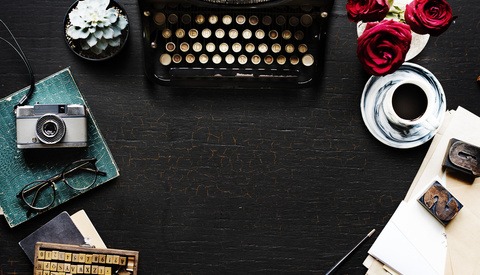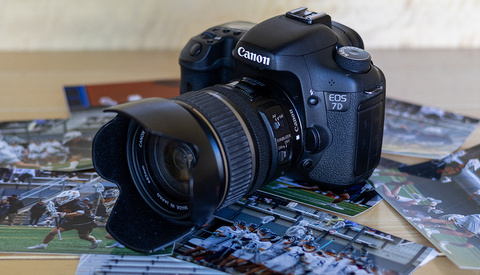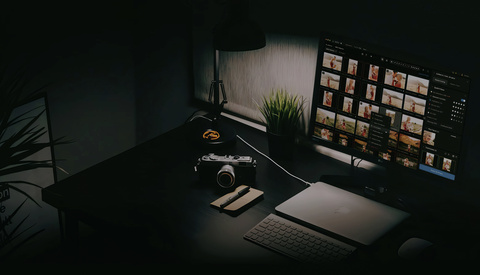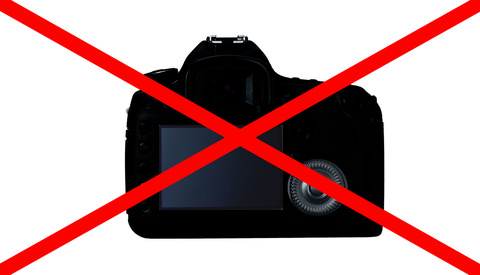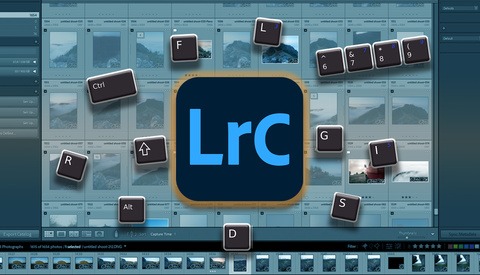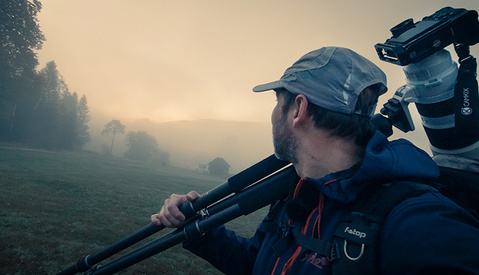We Need to Be Better as Photographers
Some photographers in Toronto, ON have used the ever-popular colored smoke grenades for some sort of video/photoshoot, leaving behind a deep red stain on a beautiful marble archway, and were even careless enough to simply leave behind the grenade instead of taking it with them, which brings me to my point: we need to be better.














